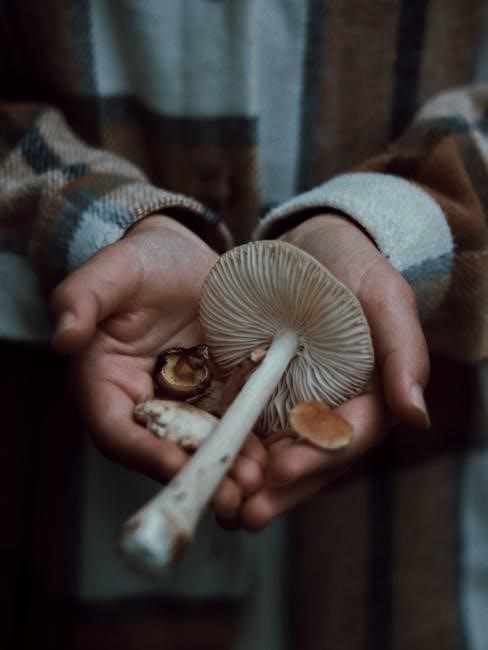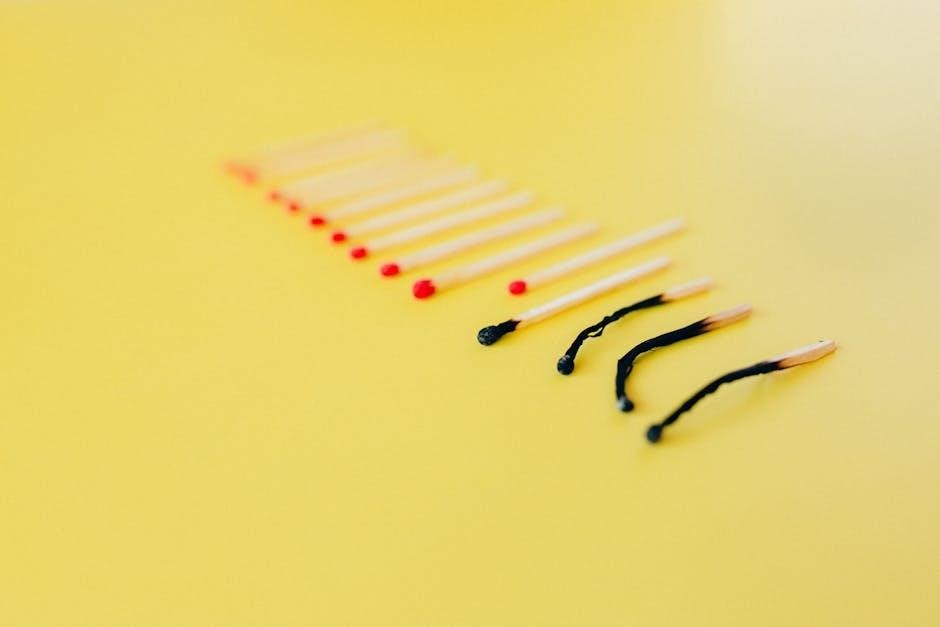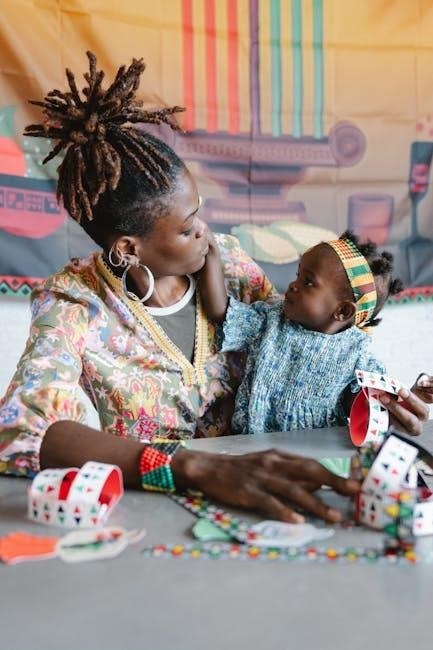Colour match guide helps users identify and select colours for creative projects using a colour wheel and pigment cards with various tints and shades for previewing colour combinations and harmonies easily online.
Overview of Colour Matching Process
The colour matching process involves several steps, including uploading an image, picking a colour to match, and mixing colours to achieve the desired shade. This process is guided by a colour wheel, which helps users identify harmonious colour combinations and select the most suitable colours for their project. The colour wheel is a fundamental tool in the colour matching process, as it provides a visual representation of how colours relate to each other. By using the colour wheel, users can create a wide range of colour combinations, from monochromatic to tetradic, and explore different colour schemes to find the one that best suits their needs. The colour matching process is an essential part of any creative project, as it enables users to convey their message and evoke the desired emotion in their audience. With the help of a colour match guide, users can navigate the colour matching process with ease and confidence.

Step-by-Step Colour Matching
Step-by-step colour matching involves uploading images and picking colours to match using online tools and guides easily and quickly every time with great results always.
Uploading Images for Colour Matching
Uploading images for colour matching is a straightforward process that involves selecting an image from your computer and uploading it to the colour matching tool. This tool allows you to pick colours from the image and match them with other colours using a colour wheel. The colour wheel is a circular representation of colours that shows how colours are related to each other. By uploading an image, you can use the colour matching tool to identify the colours in the image and find matching colours. The tool also allows you to mix colours and create new colour combinations. You can upload images in various formats, including JPEG and PNG. Once the image is uploaded, you can start the colour matching process by picking a colour from the image. The colour matching tool will then show you the matching colours and allow you to create a colour palette. This process is easy and quick, and it can be done online. The colour matching tool is a useful resource for designers and artists who need to match colours for their projects.
Understanding Colour Theory
Colour theory explains how colours interact and influence each other using a colour wheel and pigment properties online easily always.
Using the Complementary Colour Wheel
The complementary colour wheel is a valuable tool for finding matching colours and creating harmonious colour schemes. By using the colour wheel, users can identify colours that are opposite each other, which can create a visually appealing contrast. This can be particularly useful for designers who want to add depth and interest to their work. The colour wheel can also be used to find analogous colours, which are colours that are next to each other on the wheel. These colours can create a smooth and cohesive transition between different elements of a design. Additionally, the colour wheel can be used to find triadic colours, which are colours that are equally spaced from each other on the wheel. These colours can create a balanced and vibrant colour scheme. Overall, the complementary colour wheel is an essential tool for anyone looking to create effective and visually appealing colour schemes. It provides a simple and intuitive way to find matching colours and create harmonious colour combinations.

Exploring Colour Combinations
Colour combinations can evoke emotions and influence perceptions using various schemes like monochromatic and analogous colour harmonies easily online every day.
Discovering Harmonious Colour Schemes
Discovering harmonious colour schemes is an essential aspect of the colour match guide, as it enables users to create visually appealing and cohesive designs. The colour wheel is a fundamental tool in this process, allowing users to identify colours that are adjacent to each other, known as analogous colours, or colours that are opposite each other, known as complementary colours. By understanding the relationships between colours, users can create harmonious colour schemes that evoke emotions and convey messages. The colour match guide provides a comprehensive overview of colour theory and its applications, enabling users to make informed decisions when selecting colours for their designs. With the colour match guide, users can explore different colour combinations, experiment with various colour schemes, and discover new ways to create harmonious and effective designs. The guide is an invaluable resource for designers, artists, and anyone looking to create visually stunning and effective designs.

Colour Palette Selection
Colour palette selection involves choosing colours that work together to create a cohesive and visually appealing design using online colour matching tools and resources easily available.
Creating Colour Palettes for Design Projects
Creating colour palettes for design projects involves a combination of art and science, requiring a deep understanding of colour theory and the ability to balance different hues and shades.
Using online colour matching tools and resources, designers can select colours that work well together and create a cohesive visual identity for their project;
A colour palette can be used to evoke emotions, convey messages, and create a specific atmosphere, making it a crucial element of the design process.
By experimenting with different colour combinations and schemes, designers can create unique and effective colour palettes that enhance their design projects and engage their target audience.
With the help of colour matching guides and tools, designers can ensure that their colour palettes are harmonious, balanced, and visually appealing, ultimately leading to successful design outcomes.

Colour Meaning and Application in Design
Using Colour to Evoke Emotion and Influence Perception
Colour is a powerful tool in design, evoking emotions and influencing perception in various ways, with different colours triggering unique responses from audiences, as seen in online colour match guides and resources.
The use of colour can inspire feelings of happiness, sadness, or excitement, depending on the context and combination of colours used, making it a crucial aspect of design, as indicated by online colour theory and design principles.
Colour can also impact generational appeal, with certain colours resonating with specific age groups or demographics, as discussed in online design forums and communities, providing valuable insights for designers and artists.
By understanding the emotional and perceptual impact of colour, designers can create more effective and engaging designs, using colour to convey messages and evoke emotions in their target audience, as demonstrated by online colour match guides and design tutorials.
This knowledge can be applied to various design projects, from logo design to web design, and even brand identity design, making colour a vital element in the design process, as emphasized by online design resources and colour theory experts.
